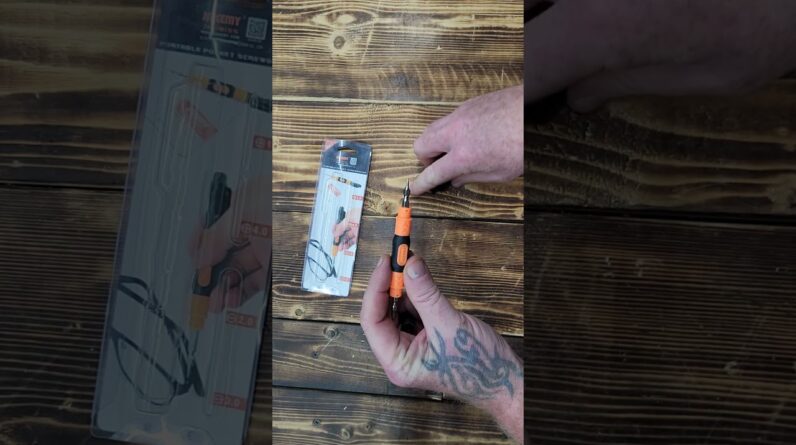
Prepper 101 – Why You Should Prepare For Disaster
While 72 hours of preparedness may sound like plenty, many modern experts recommend that you prepare for at least two weeks of disaster. Because the emergency systems of governments, first responders, and communities can quickly become overwhelmed by disasters, they are not designed to cope with sudden disasters. Examples of such disasters include Hurricane Harvey, earthquakes, and terrorist attacks. In addition, there are a lot of hazards affecting our daily lives. Listed below are some common reasons why you should prepare for emergencies.
Bugging out: While many survivalists may opt to bug out when disaster strikes, they should consider the possibility that they and their families will be inaccessible to the outside world. In this case, the prepper should plan a bug-out site to escape from danger, which is known as an Alpha Site. An alpha site should be far from populated areas, have access to water and land, and have security. This way, you can avoid being targeted by outsiders who want to take advantage of your vulnerabilities.
While food should be the top priority in any survival situation, you shouldn’t ignore other necessities. Food should be stored in a dry, secure location, because power may be unavailable or spotty in a disaster situation. If you’re unfamiliar with prepping, you may feel overwhelmed. This is normal when you’re just starting out. As long as you can manage the tasks involved in the preparation, you’ll be well on your way to a positive outcome.
Children should be prepared for disaster by creating a tree shelter. Trees are easily visible from the air, so your child can hide there if they are hurt or injured. Additionally, you should prepare a container garden for your child. Make sure to teach your children how to make bread and preserve food. If possible, have a rotating food pantry and alternate heating sources. And don’t forget to come up with a bug out or bug-in plan for yourself and your family.
The best blogs to follow for tips and advice on survival are written by experts with lots of experience. Some people swear by the writing style of experts like Lisa the Survival Mom and The Prepper Journal. They have written over 1700 articles and a book, The Prepper Journal, and Survival Life. The survivalists behind these blogs are experts in different niches and have a very practical approach to writing. For example, if you’re interested in firearms and ammunition, you’ll want to check out the Prepper Journal or the SHTF Plan.
A blog that focuses on prepping for natural disasters and off-grid situations is Survival Mom. The site features unique survival advice and a list of what not to stockpile. Survival Mom focuses on preparing families for emergencies, gardening, and emergency preparedness. There is a wealth of information and tips on the site, and it has become one of the most popular survival websites on the web. With over two million visitors a month, the Survival Mom blog should be on your list of resources.
If you’re interested in prepping for disasters, you can also check out the Free Survivalist. This website caters to democratic preppers. The Free Survivalist explores conspiracy theories and teaches readers how to prepare for natural disasters. This website also keeps tabs on current events and world-stage movements. The Free Survivalist is a good resource for any democrat or conservative, no matter what your beliefs are. There’s even an archive of prepping tips and guides.
One of the best ways to prepare for a disaster is to learn about food storage. A bare-bones diet isn’t the best idea during a crisis. Your body will get bored easily and you will become hungry. Therefore, buy ingredients for many meals so that you won’t get sick of your food too quickly. Moreover, make sure to store a variety of food. This way, you won’t feel like you’re wasting your money.
There’s nothing wrong with getting a book on survival prepping. There are so many good books available these days. A lot of them give useful information that you can use in your own personal situation. In fact, some of them even teach you how to build a fire. In addition to the books that cover basic survival techniques, they also teach you how to take care of yourself and your family in case of a disaster. In The Rabbit Hole is another great resource to look into. The authors have written books and guides that are great for any survivalist.
One of the most important things to have in your bug out bag is a map of your area. It’s tempting to put a state road map in your bug out bag, but that’s probably not the best idea. Knowing how to read maps is essential to survival. If you can’t find a map, try bringing a local street map. One should also have a map of their town or neighborhood, as well as a map of the areas they frequent.






